Can I be honest about something? Can you share a little secret?
I’ve been burned out on commercial photography for a long time. Don’t get me wrong. I’m always crazy honored when any client anywhere chooses to hire me to photograph something for them. I realize that a client has hundreds if not thousands of choices when it comes to choosing a photographer. So I’m not bitter, I’m thankful. Always.
BUT.
There are still a lot of downsides to commercial photography that can drive any artist crazy.
Here are few things that come to mind, in no particular order:
They often end up using and publishing the WORST image or images from your shoot.
It’s like they go through and ask themselves “Hmmmm, where is the most horrific photo Jeremy took that day? BOOM. There it is! There is our album cover!!”
So then other photographers ask “So why not trim the fat? Why not only show the good stuff?” Well, it doesn’t really work like that. The client was there for every setup and every wardrobe change. And most of my clients do buyouts of the shoot so they legally get everything. And even if you DO quietly delete the bad stuff, they’ll still choose the worst from what’s leftover. It’s just science. The cool stuff doesn’t get picked.
“Wait, Jeremy, aren’t you the artist? Don’t you get full creative control??”
Ummm, no. I’m one small part of a huge process with many cooks in the kitchen. Sure, I can give my opinion of what was best but that doesn’t weigh very much in the overall decision-making process. So in the end, images get published that are technically mine, but I’d pay good money for them to take my name OFF of the credits haha.
Most commercial images get released long, long after you’ve taken them.
You know that excitement you have after you finish a shoot and you instantly want to share your work with your audience? Well, you can’t do that as a commercial photographer. You have to wait weeks and usually months to show/release commercial work. And by the time, you’re able to show it, you’re usually over it. At least I am… but who knows, maybe that’s just me.
Other people mess with your images.
In my line of work, my images get handed off to a record label or ad agency where my images get passed off to graphic designers. Usually these designers are fresh out of college so they have all kinds of their own ideas of what crazy filters or retouching to do to my work. The final product is usually, well… you can only imagine. Not good. So once again, I find myself not even wanting to show the final product.
Experimentation can be a challenge
Sure, you can experiment and try all different types of lighting but at the end of the day, you still are selling a product or person. You still have to make them look good. This ends up ultimately killing a lot of the weird ideas that an artist like me wants to explore and I end up giving them the super flattering (but also boring) light that I know they’re going to want anyways.
Big sets = a lot of cooks in the kitchen and too many opinions
Working with tons of people on commercial shoots can be overwhelming and exhausting. Sometimes I don’t feel like an artist at all on commercial shoots. I feel like I’ve been hired to just push a button and follow someone else’s creative direction.
So what does one do?
Personal work.
“But personal work doesn’t pay the bills.”
Exactly. Therein lies the challenge.
What if you could get paid for personal work? Hmmm…
That’s exactly what I figured out how to do recently. I figured out how to get people to pay me for goofing off… for experimenting… for creating the artistic portraits that I’ve so been wanting to create.
For as long as cameras have been around, there has been paid portraiture photography for the public. It’s nothing new. But it’s always seemed kinda lame so I’ve stayed away from it. It seemed boring and trivial. Glamour shots from the 80’s comes to mind.
But I wondered… what if people would want to pay for weird, dark, experimental portraits? What if they’re wanting the portraits of themselves that I’m wanting to create?
Worth a shot.
We live in an age where everyone needs new, cooler photos of themselves. For social media, for websites, for whatever. And everyone wants to look cool.
So… I announced this website a while back…
Super simple premise:
- 15 minutes of shooting for $250 ($1000 hourly rate, which competes with some commercial rates these days)
- All experimental, dark, dramatic lighting
- Intimate experience – no massive teams or cooks in the kitchen. Nice and simple, one on one.
- I choose the final, released images – No image galleries sent, nothing
- I release them when and how I want to release them
- I own them and do what I want with them
Sounds fun right? Basically I call the shots. 100%.
It’s working!
To be fair, I started the pricing at $150 for a bit and then $250. And they’re still booking!
And guess what? I’ve made $51,100 for a total of 61 hours of actual shooting time. Crazy right?
You might say “well what about editing time?”
I shoot tethered in the studio and have my editing already dialed in, so as images come up on my monitor, they’re mostly already good to go. I might do subtle tweaks but for the most part, they’re good. Then I do a quick review with the client before they leave and we star our favorites. Then I export them to dropbox and I’m done! So there is not much editing time at all to answer the question.
So I made $50,000+ for 61 hours of shooting, I did all my weird experimenting, I controlled the edit, I released when I wanted to release and guess who’s happy as could be?
It’s me!
“Well, you’re a known photographer and you have a platform. I could never do this” some might say.
Sure you can! Follow the same process, just start with a lower price point. Maybe it’s just $10 per session or $50. This model can scale at any price point and as demand goes up, raise your prices.
Let’s round my numbers to make this simpler. Let’s say I made 50K for 50 hours of shooting…
What if you could make 25K for 50 hours? That’s $125 per 15 minute session.
10k for 50 hours? That’s your rate of $50 per 15 minute session.
5k for 50 hours? That’s your rate of $25 per 15 minute session.
Heck, 2.5K for 50 hours? That’s your rate of $12.50 per 15 minute session.
Surely can you can charge some of these rates right?
You can continue to run the numbers but you get the idea.
The freedom and fun of getting paid to essentially do personal work and learn as I go has been priceless.
Honestly, it’s been more fun than the majority of my commercial work.
So what about you? What can you do to eliminate some of the rules you don’t like in your own work?
What type of photography makes you feel alive but also pays the bills?
That’s a hard riddle to solve but it’s possible!
You can see more of Jeremy’s work at JeremyCowart.com, and follow him on Instagram, Twitter, Facebook, and Pinterest. And if you happen to be in the Nashville area and want him to shoot your portrait, you can sign up right here!




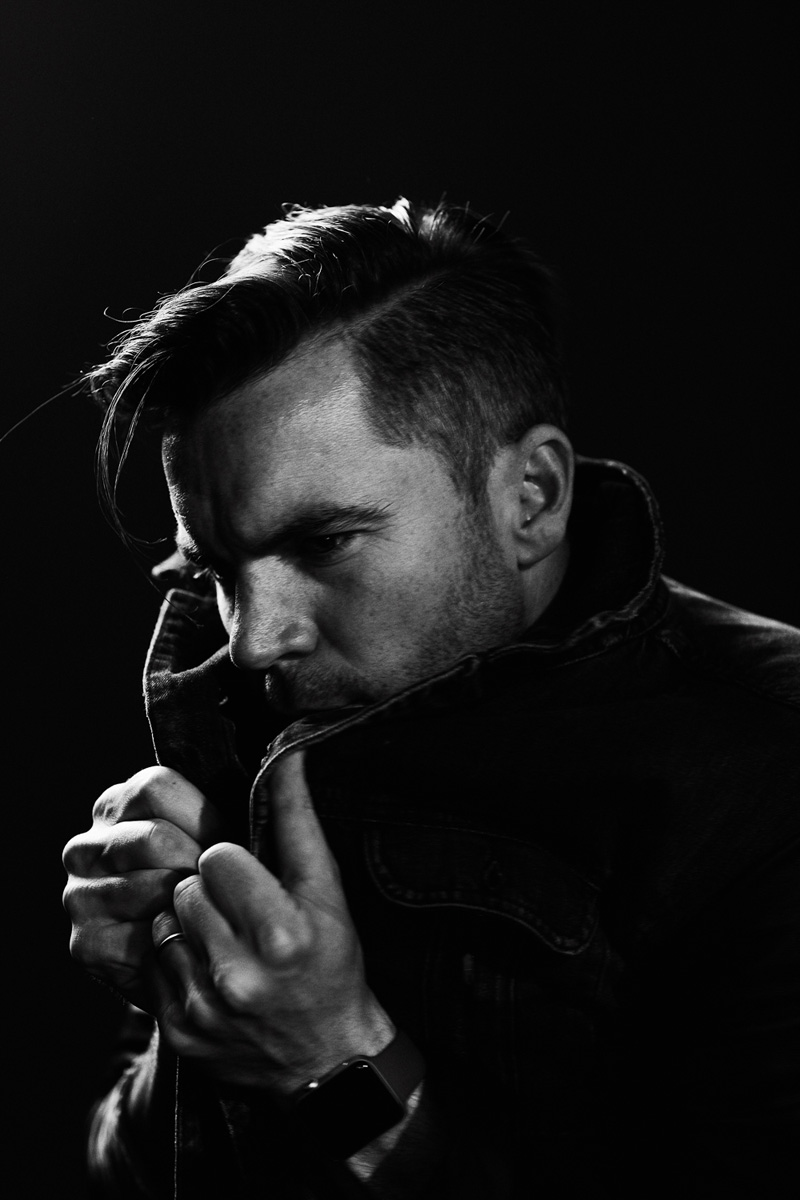
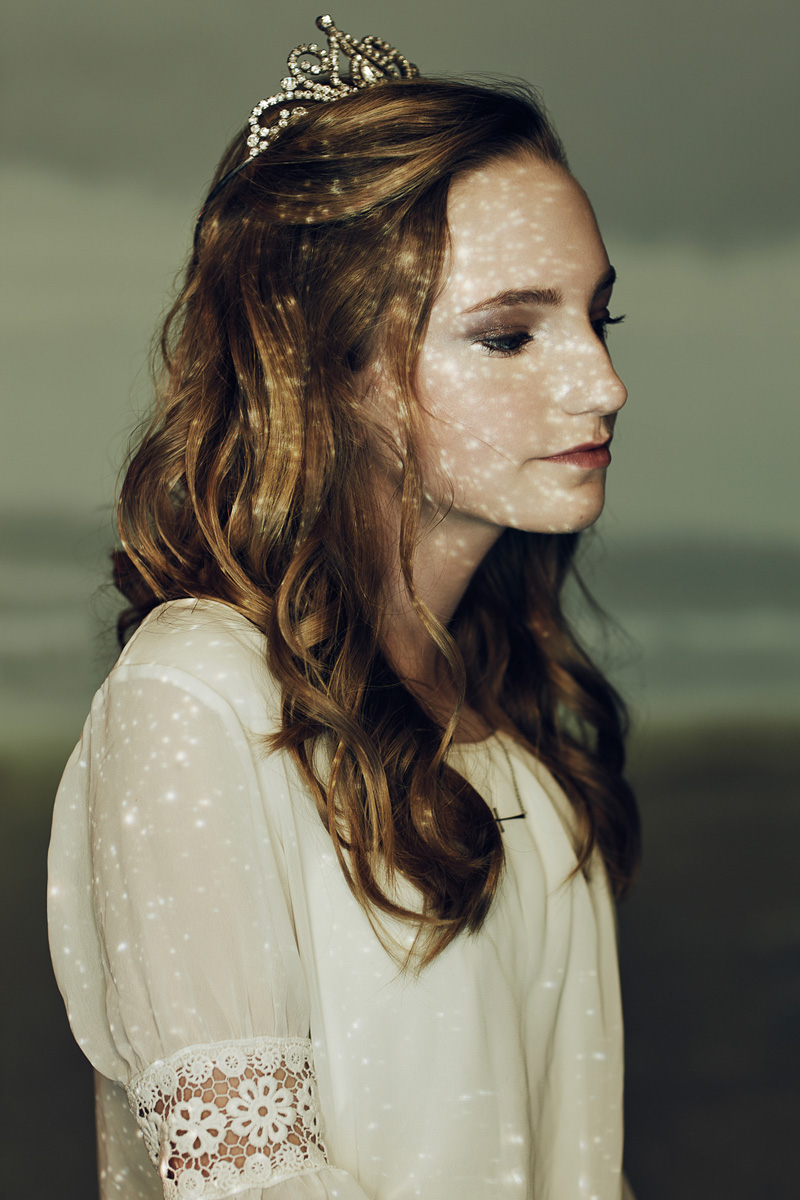
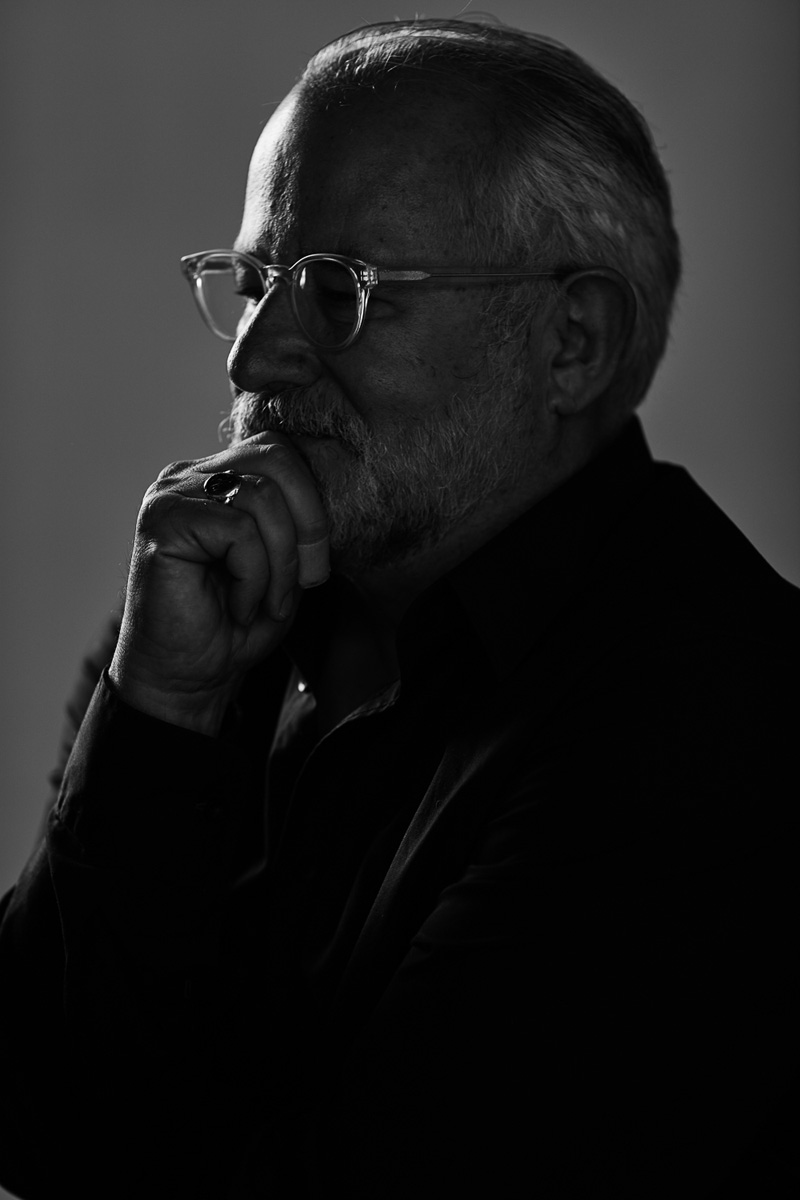
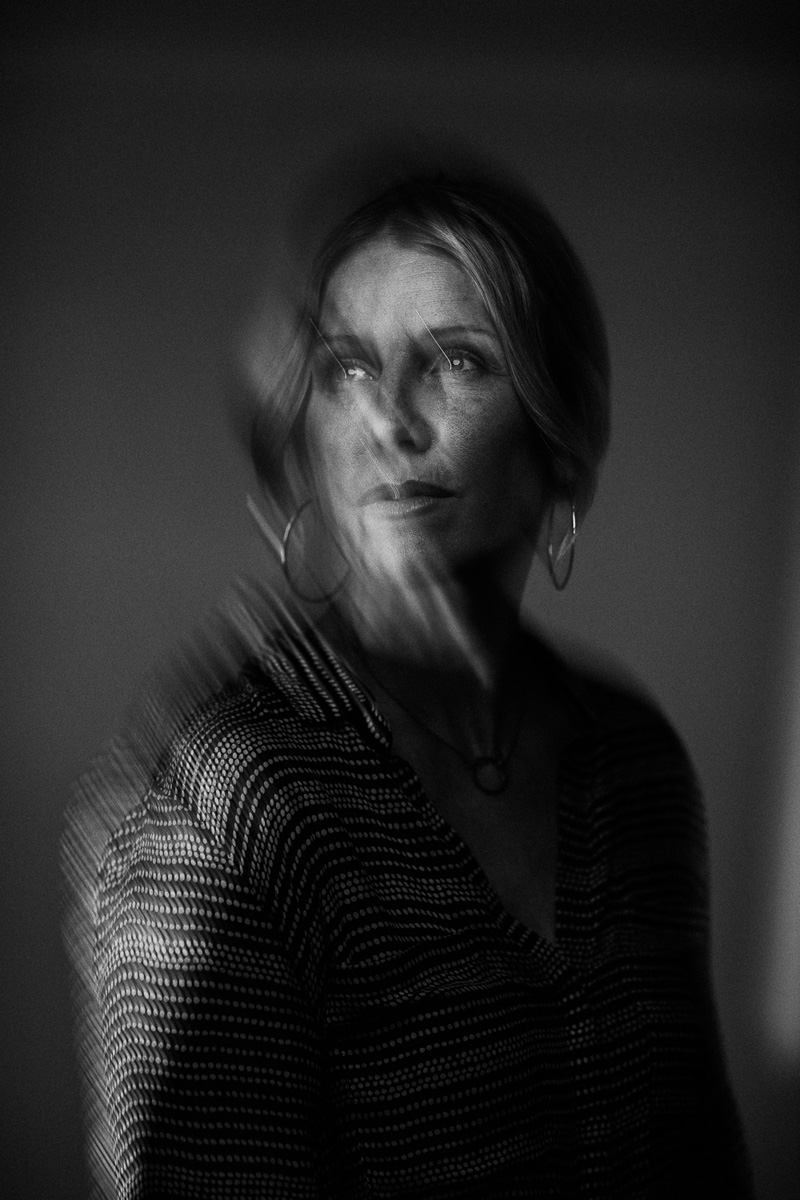
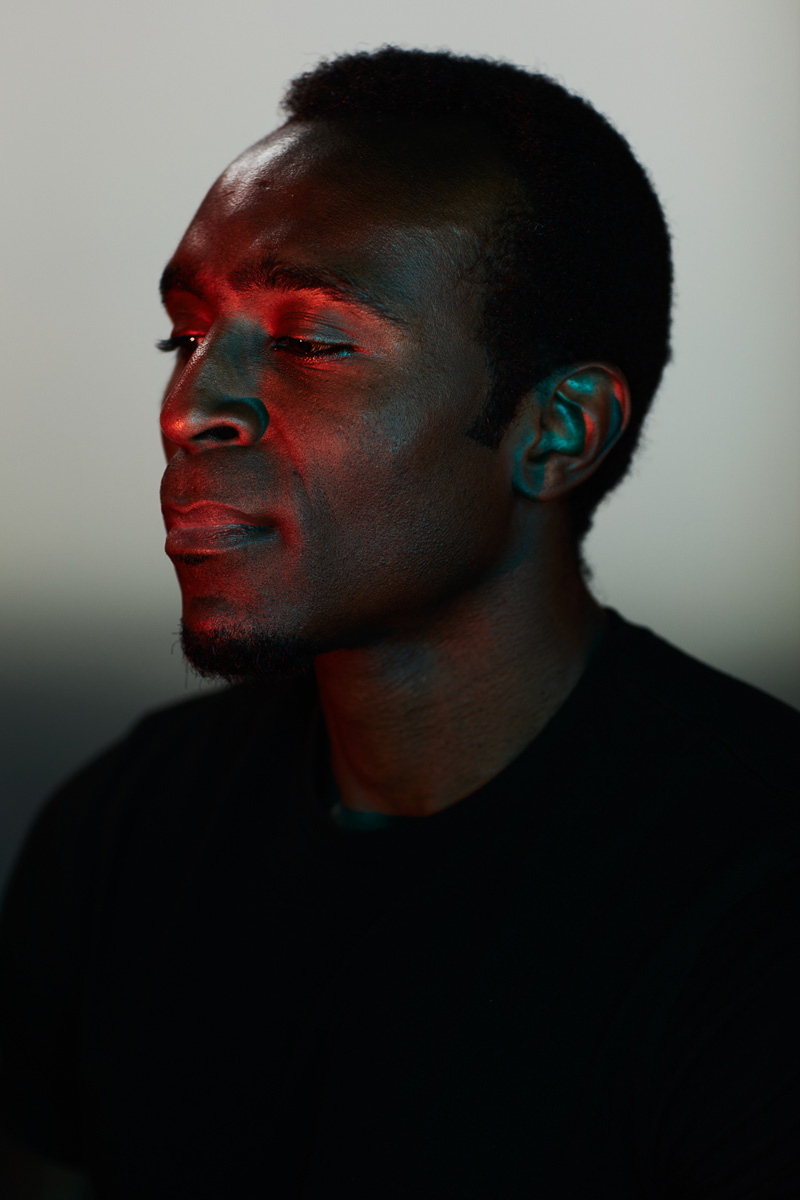

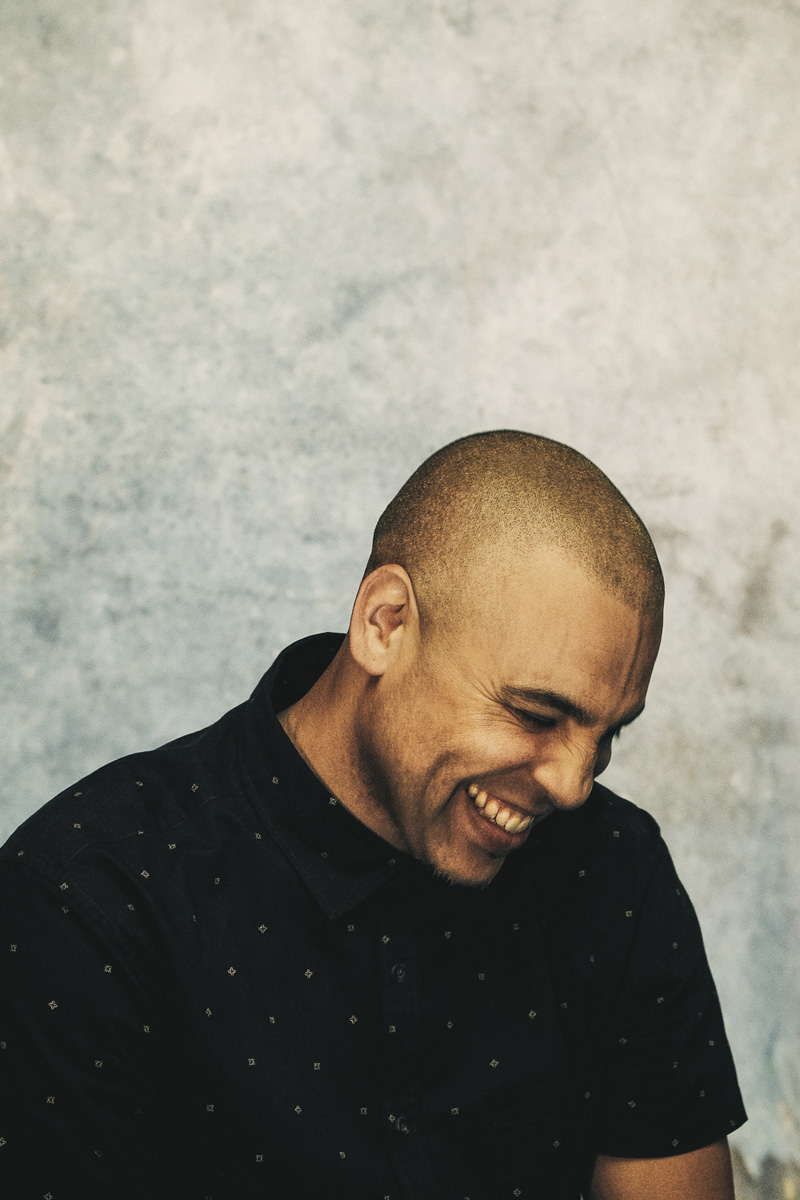
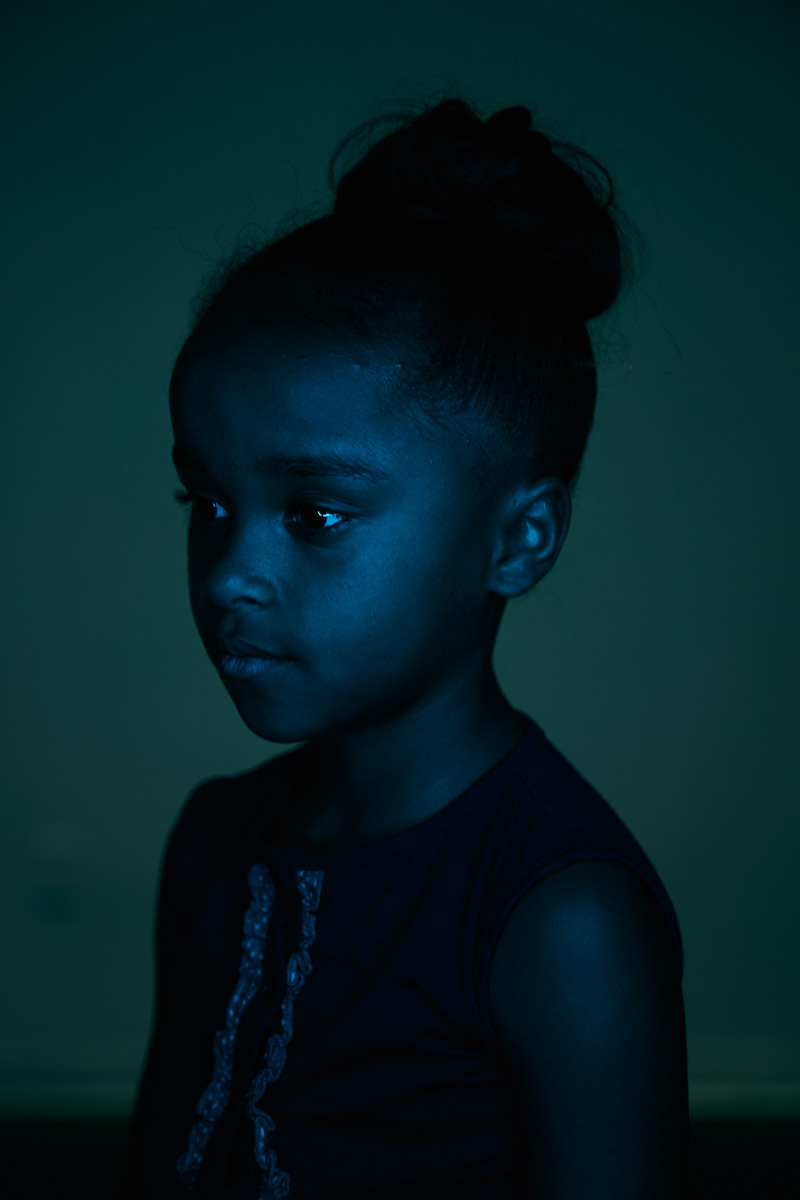
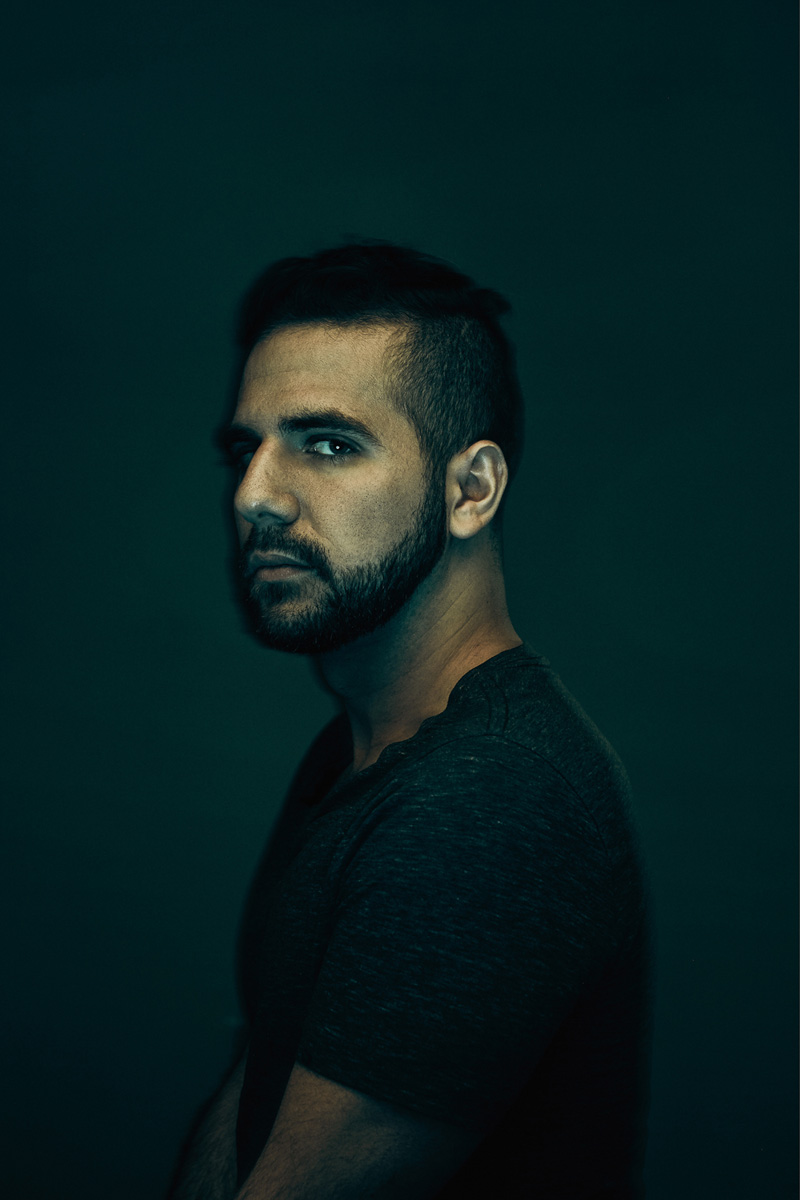
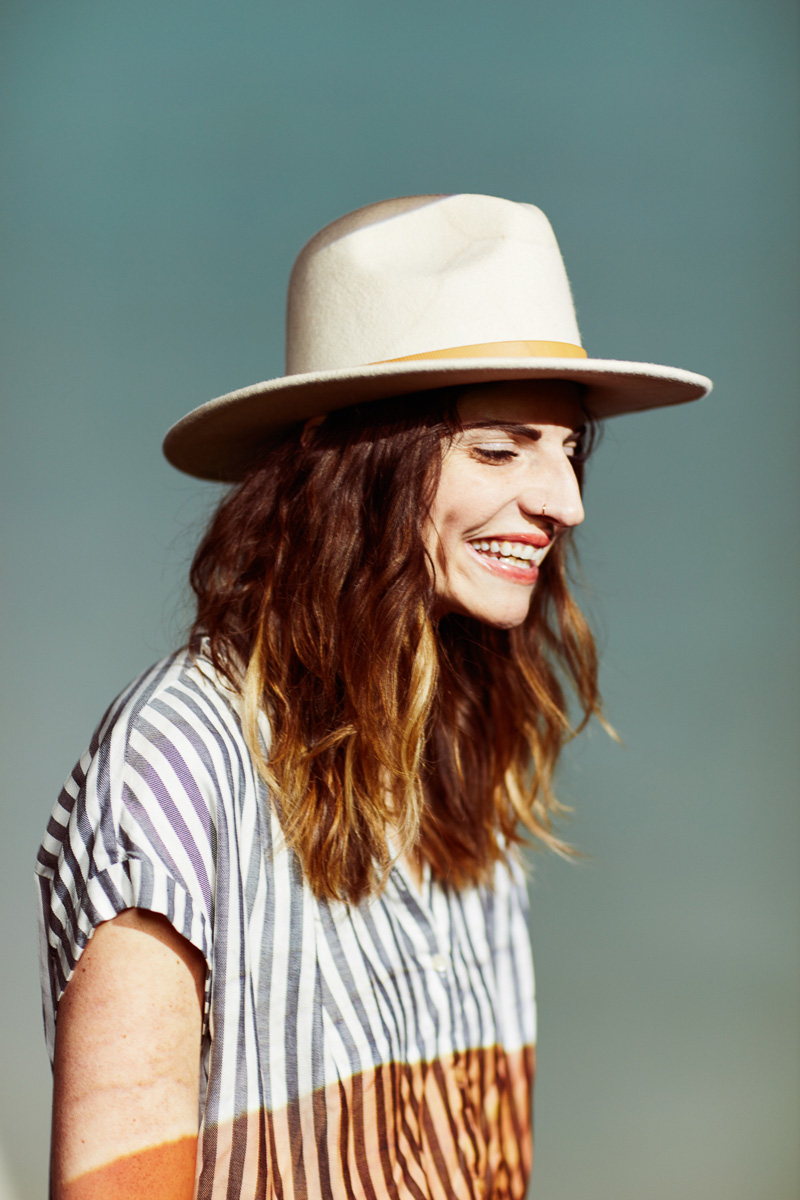
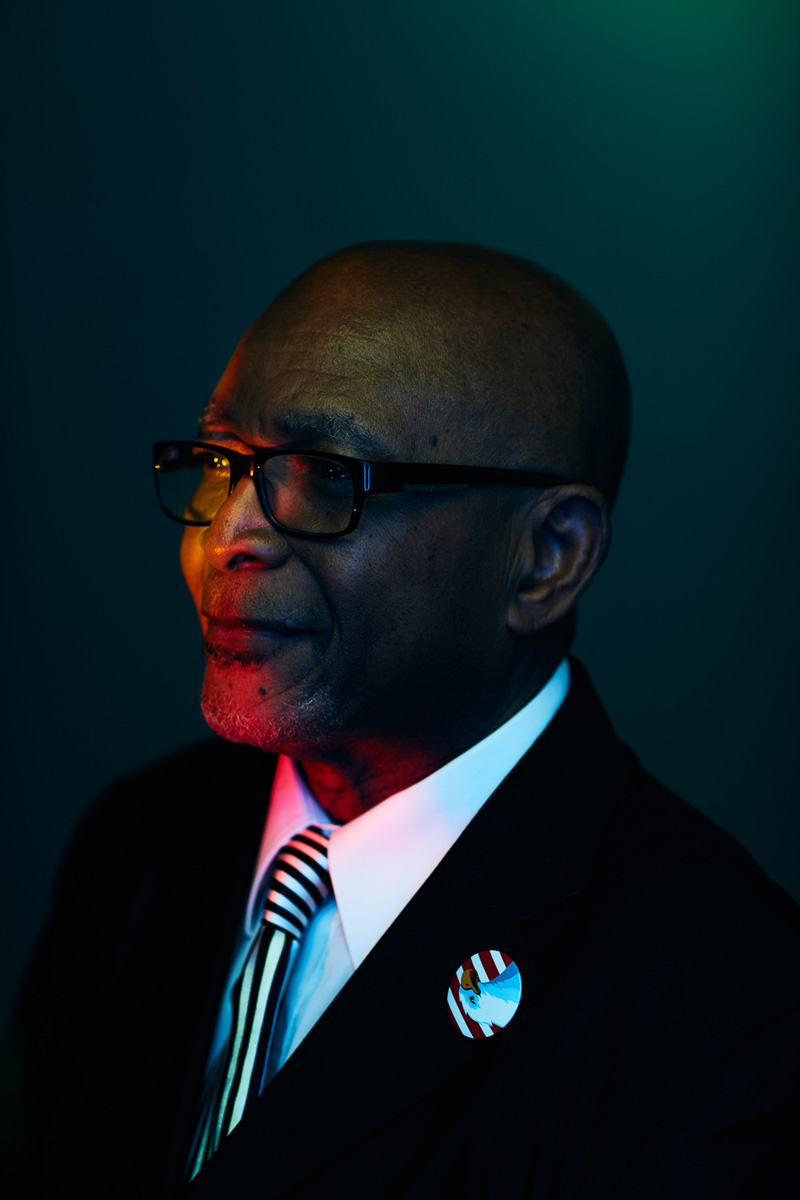
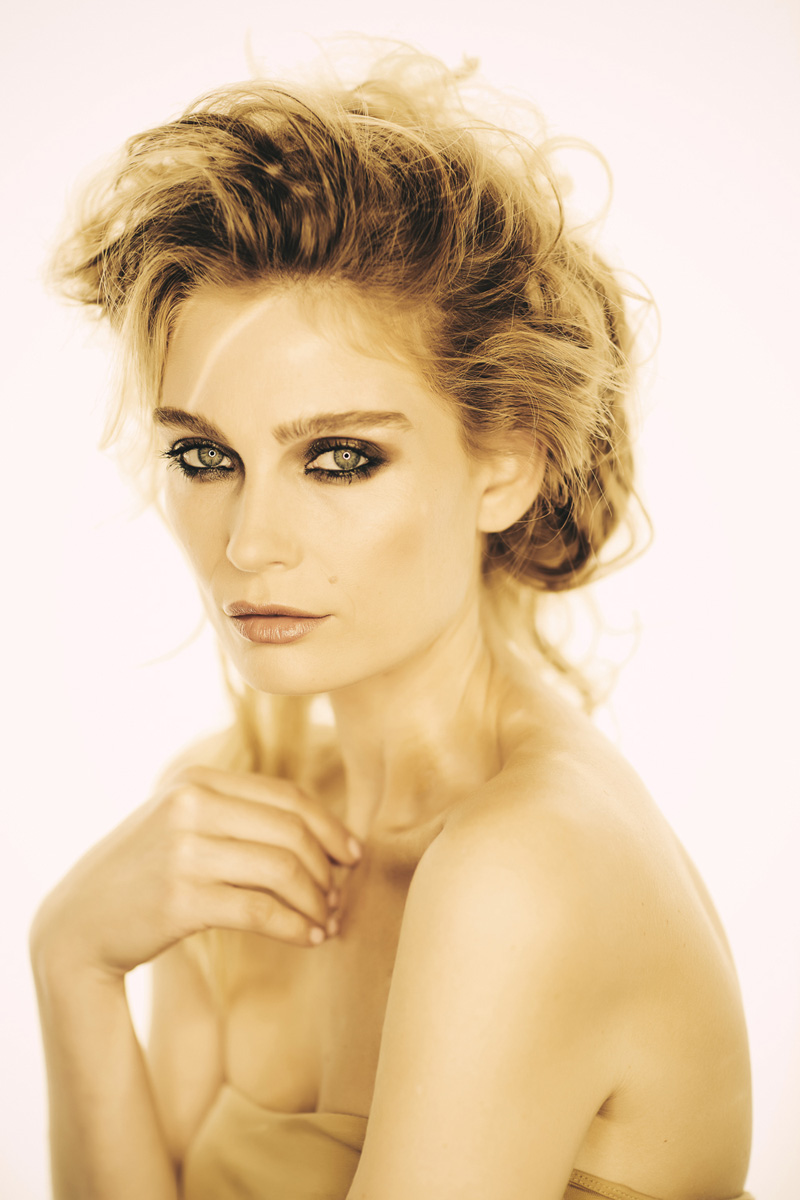

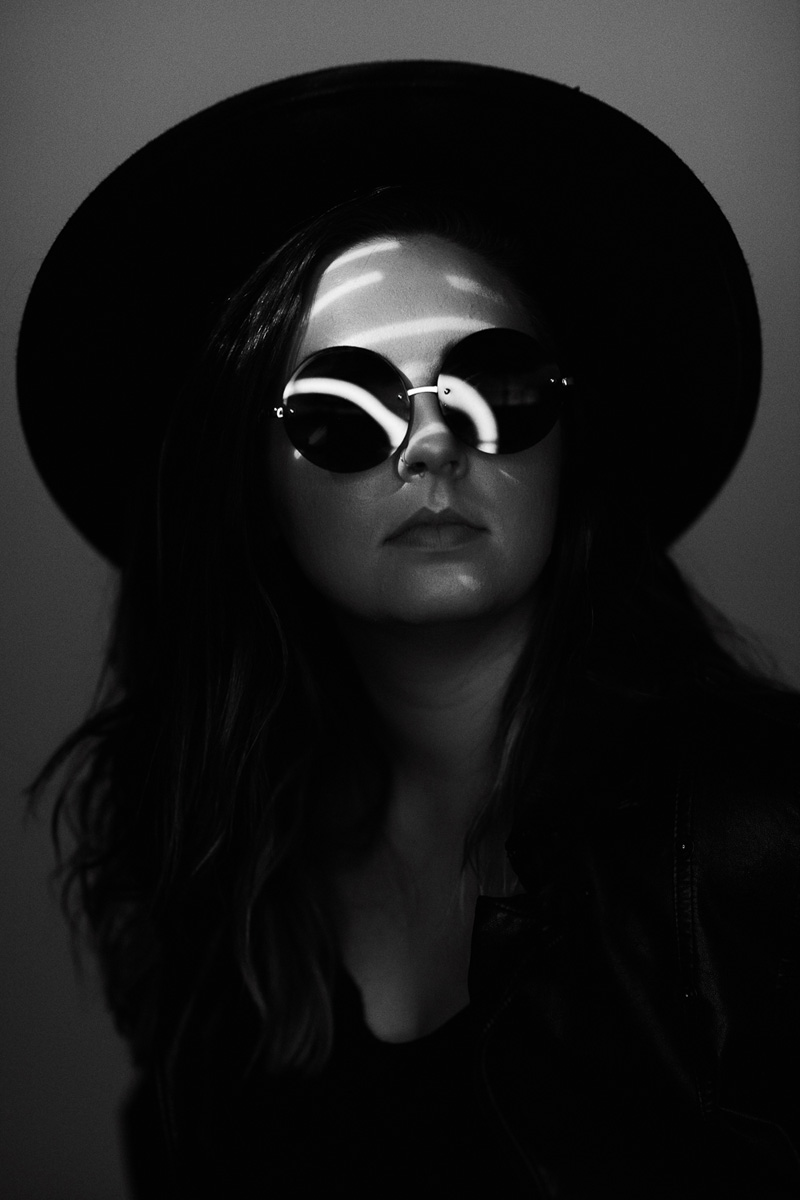

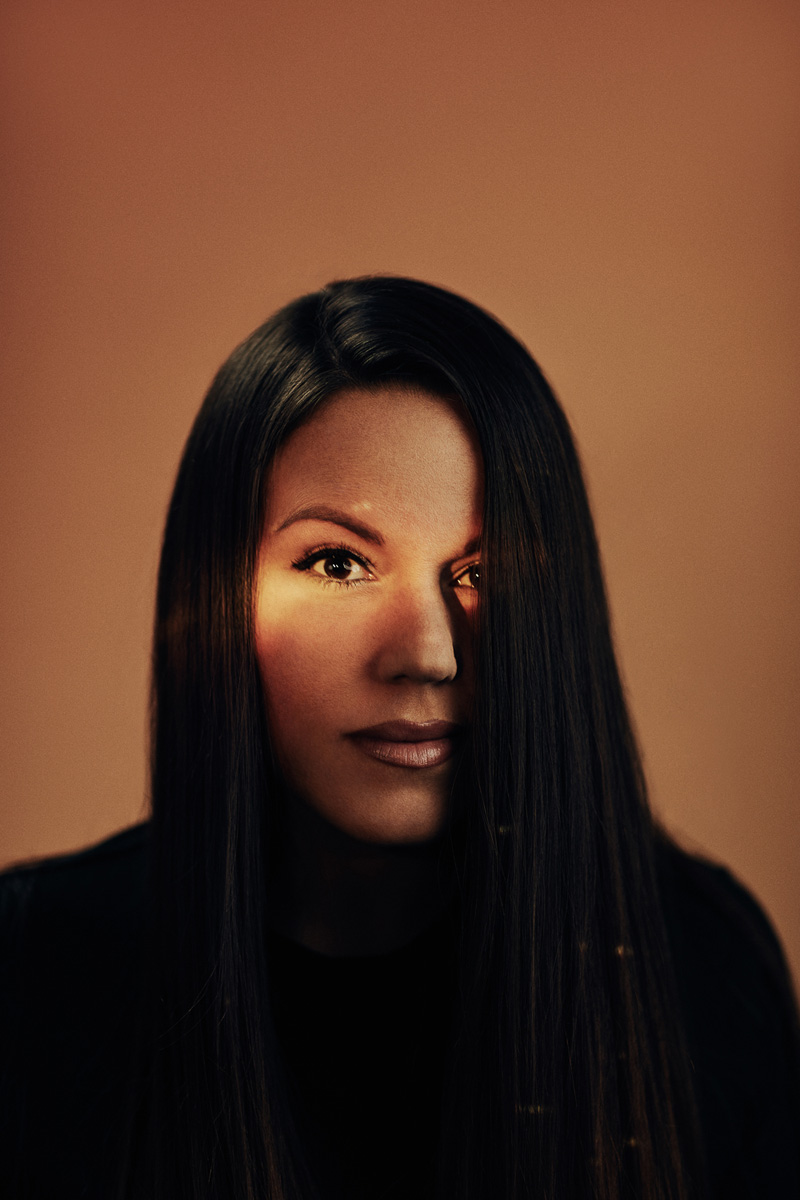

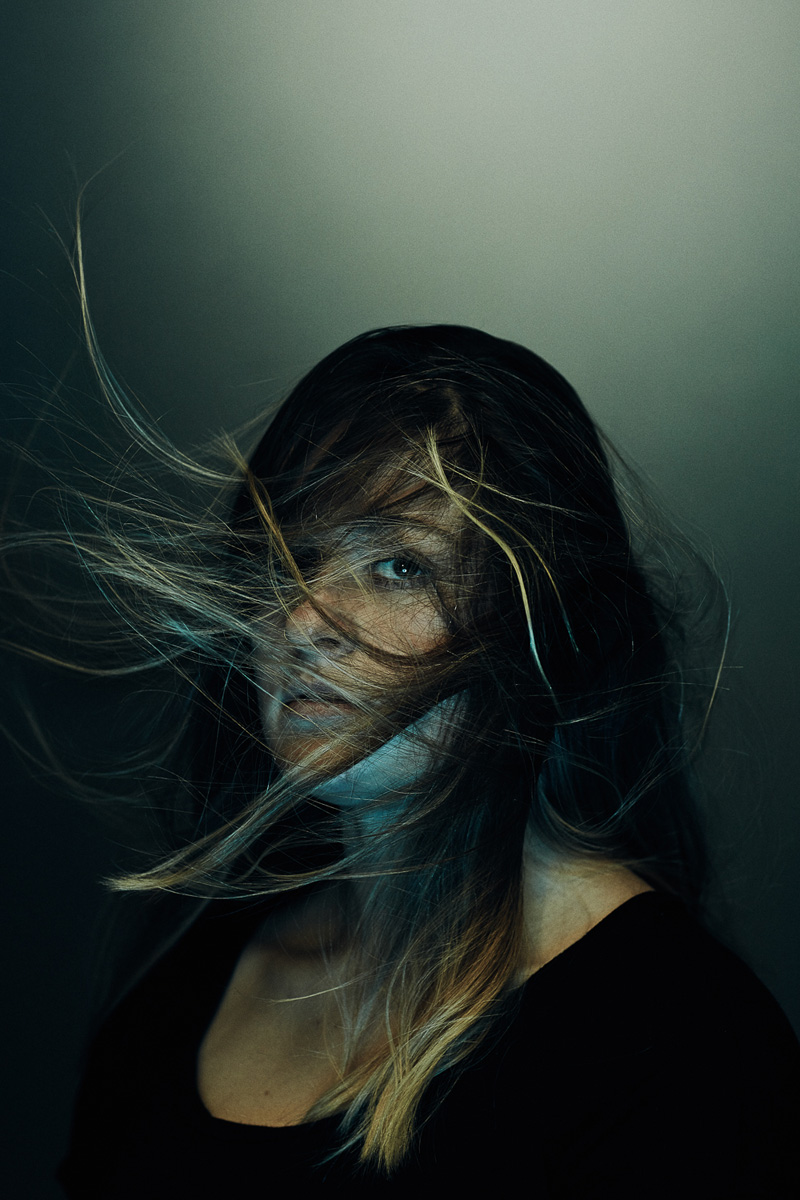
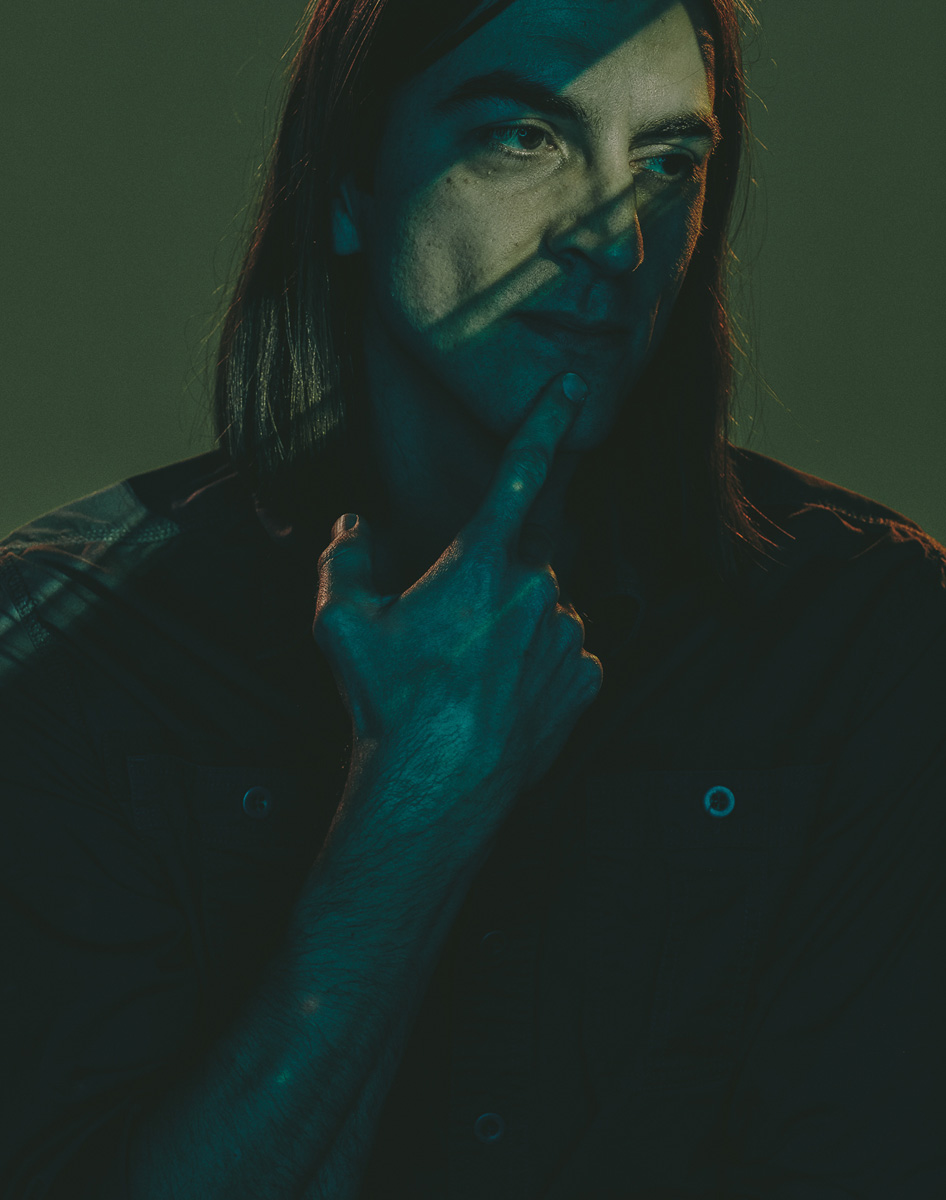
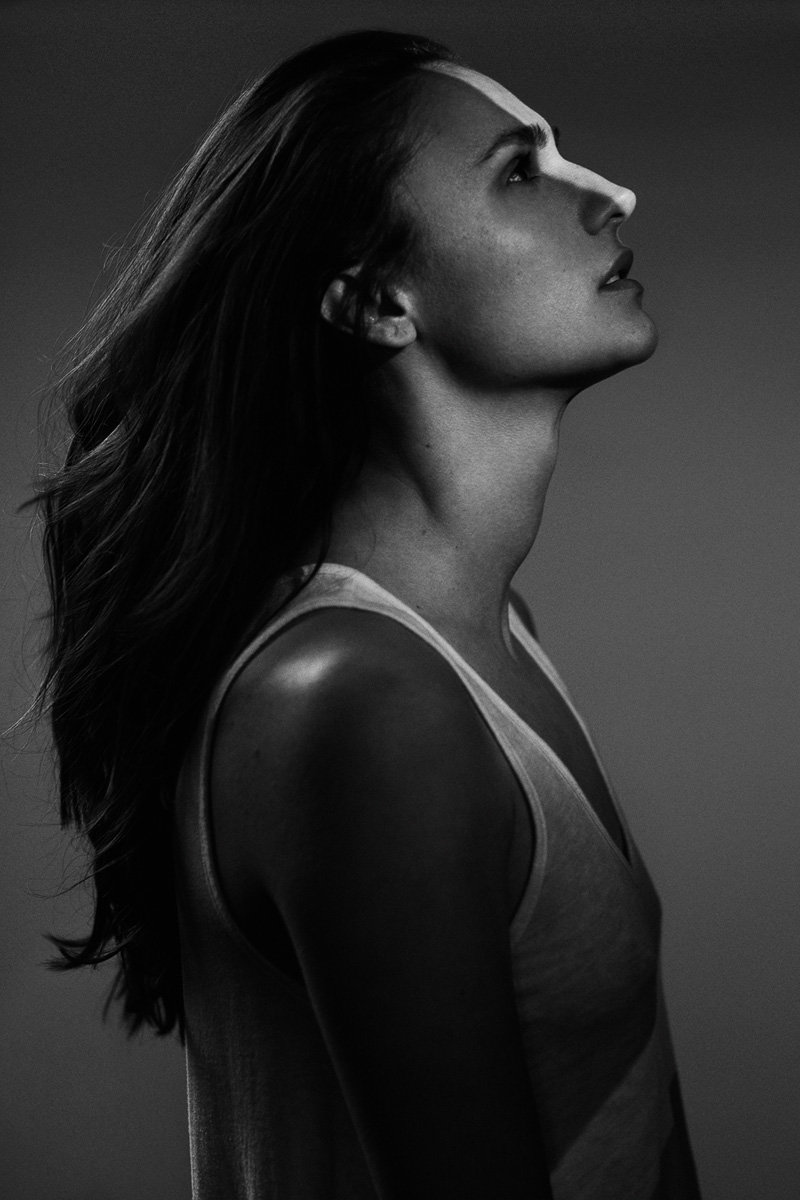

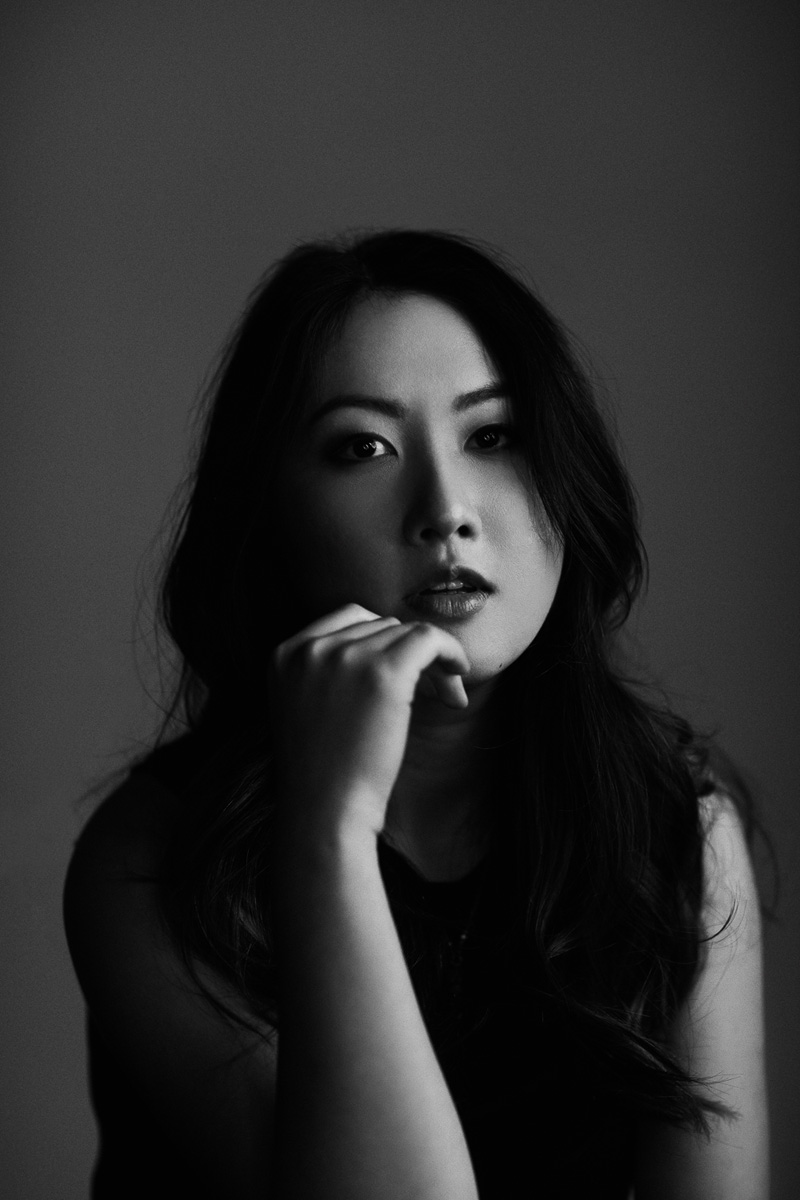
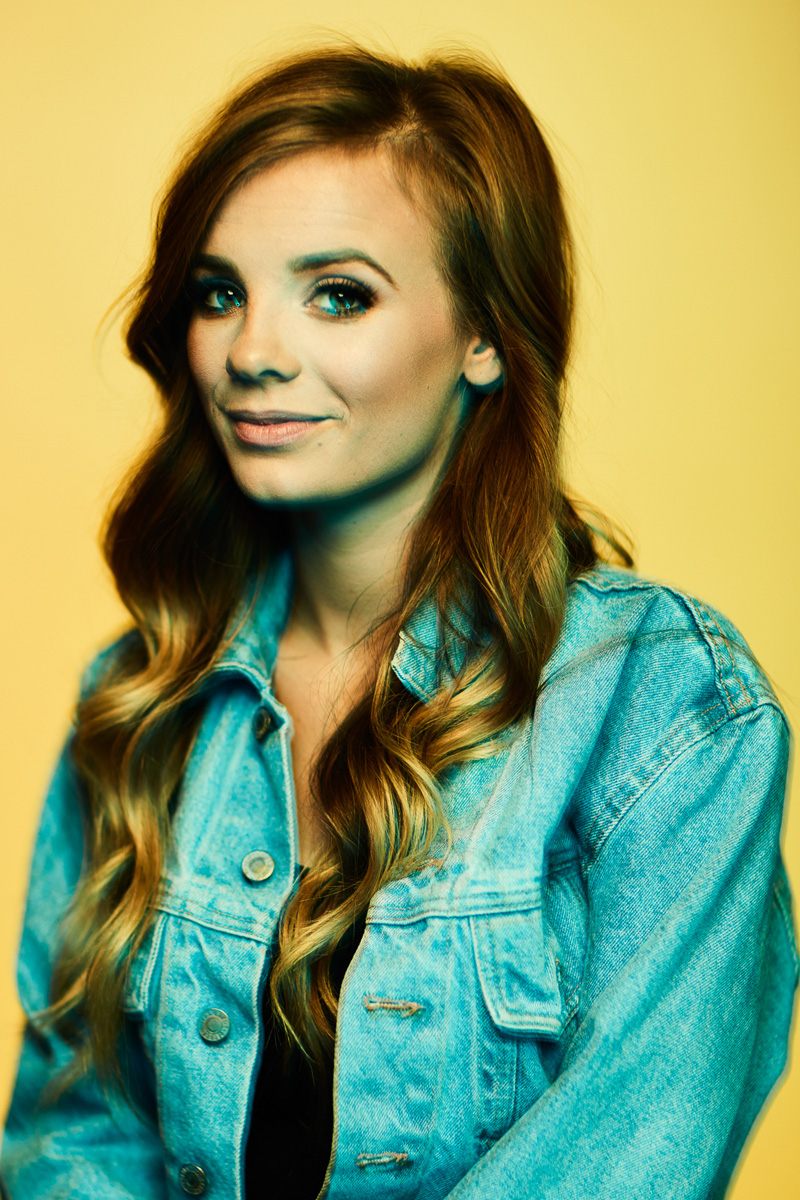




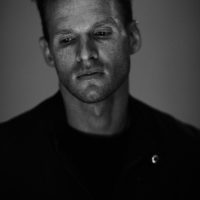
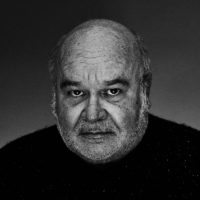

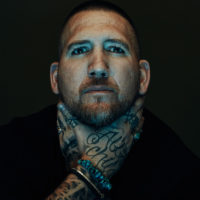




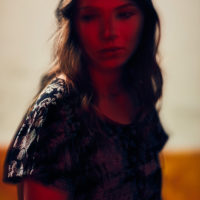

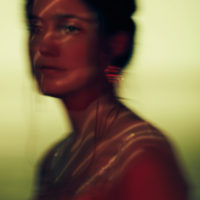


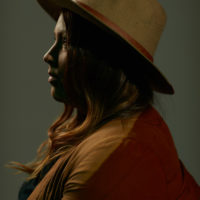








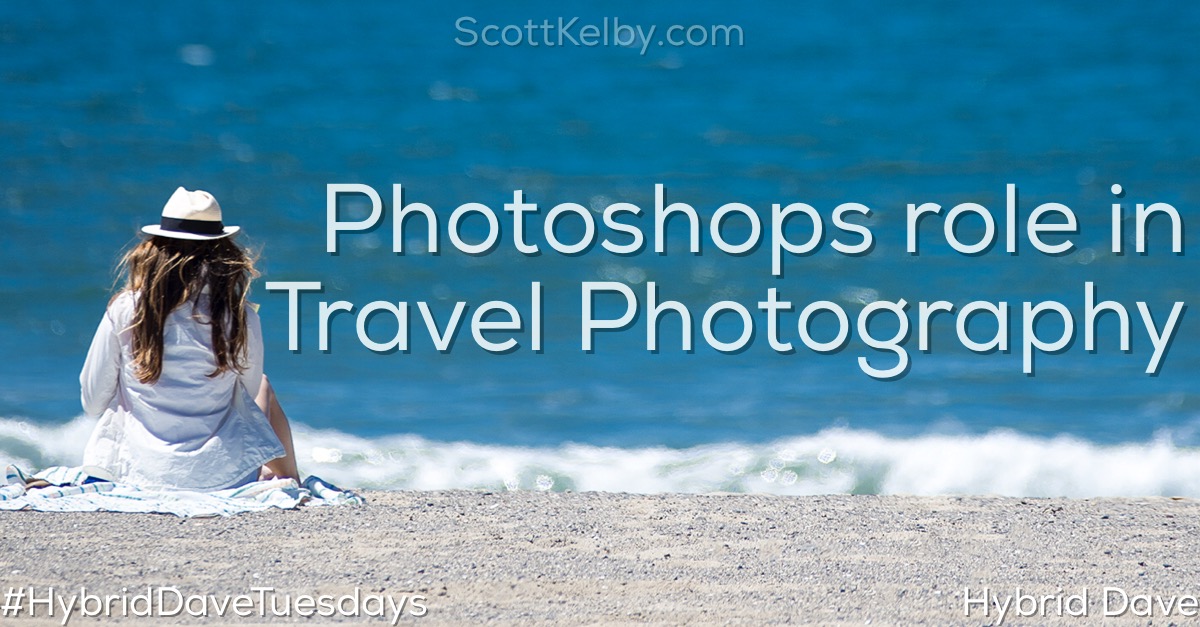
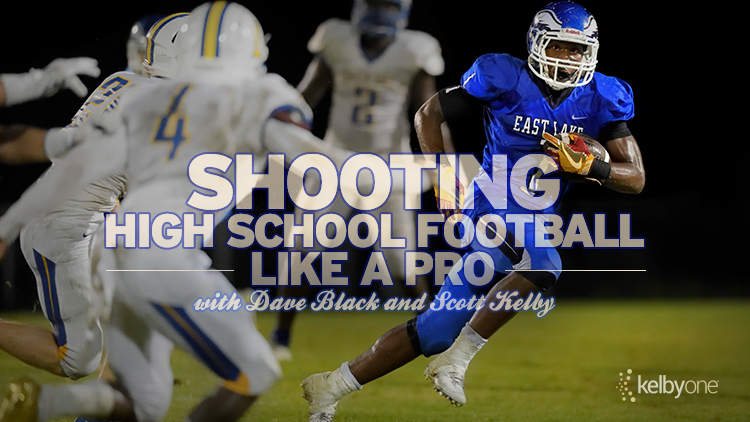
Jeremy:
Your work is always so inspiring. I’m always amazed at how your simple portraits make me feel something. There is always just the right amount of color, or light, or expression that simply works. Thank you for sharing.
I’m surprised by the line “I own them and do what I want with them” – does this mean the images could be licensed by Jeremy to a third party? Do subjects have to sign a model release?
You’re asking two different questions. The rights of the model has nothing to do with owning the image. Anytime photographer clicks the shutter he automatically owns that image unless he signs it away in a work for hire agreement with a client. Or if he’s an employee of a company that he’s shooting for.
As for models, Unless stated differently in a model release, a photographer is allowed to resell anyone’s portrait without their permission for editorial/newsworthy use only. For example; the reason the National Enquirer can use photos of celebrities without their permission is because it’s considered “newsworthy.”
But you couldn’t just take a personal projects photo of a person and use it advertise a product or sell it to someone else to do so. The only exception would be as if these people signed a model release giving Jeremy the right to do whatever he wanted with it, Including transferring the rights to third parties.
There’s also the issue of what kind of usage Jeremy is allowing the subjects to have. He can limit them to being able to only use the photos for social media or he can tell them they can do whatever they want with it.